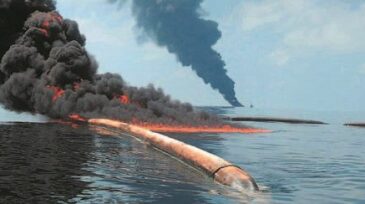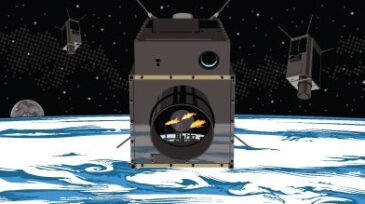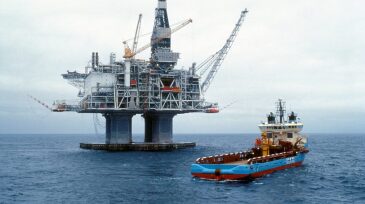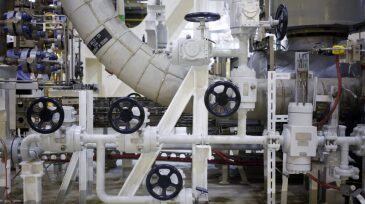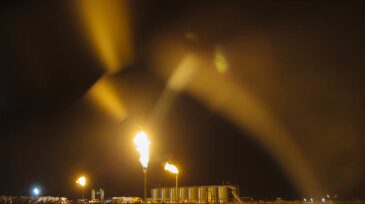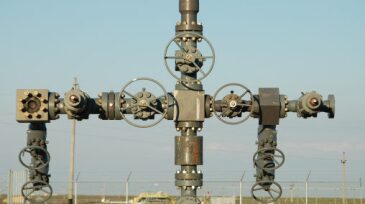Environment
The Norwegian Ministry of Energy has approved the Phase 2 expansion, which is expected to increase carbon dioxide storage capacity from 1.5 million tonnes to 5 million tonnes.
DNV’s carbon capture and storage outlook forecasts a massive shortfall in the projects necessary to help the world reach net-zero emissions by 2050.
Buoy-based camera footage, analyzed by artificial intelligence, can help reduce the risk of birds colliding with offshore wind farm turbines.
-
Scientists have discovered a way to extract hydrogen from oil without releasing greenhouse gases—a move they've hailed as a "silver bullet" for climate issues.
-
The updated document offers an introductory overview of the broad topics of oil spill preparedness and response and provides signposting and hyperlinks to a full range of materials from IPIECA and the International Association of Oil and Gas Producers.
-
The 33-month project will compare emissions data collected by terrestrial sensors to GHGSat's combined satellite and aircraft measurements.
-
Production from the Hibernia platform was shut down again on 17 August after its second oil spill in a month, while Husky Energy began to ramp up output from the White Rose field following the largest-ever spill off Canada’s easternmost province.
-
An EPA plan would end oversight of methane leaks at oil wells, a move that risks undermining the climate sales pitch for natural gas.
-
Texas regulators rejected a rare challenge to gas flaring in the state after an oil company argued that a flaring ban would force it to shut in wells, damaging the reservoir and reducing future oil production.
-
This paper highlights the results of a test campaign for a tool designed to predict the short-term trends of energy-efficiency indices and optimal management of a production plant.
-
Researchers mapped 251 faults in the North Texas home of the Barnett Shale, the birthplace of the shale revolution, finding that wastewater injection there “significantly increases the likelihood for faults to slip.”
-
More than 60 producers participate in the program designed to reduce wellsite emissions.
-
BHP announced a 5-year, $400-million Climate Investment Program to develop technologies to reduce emissions from its operations as well as those generated from the use of its resources.





